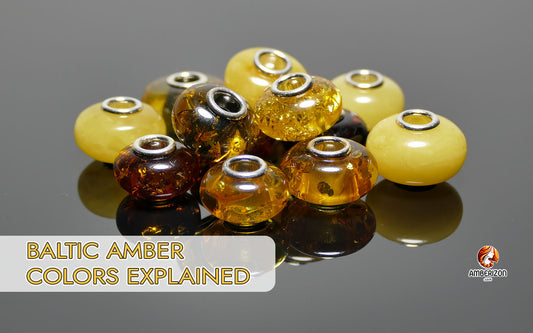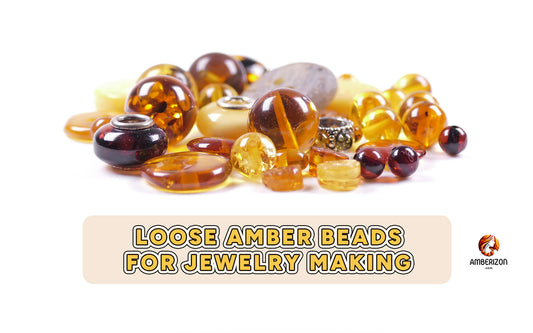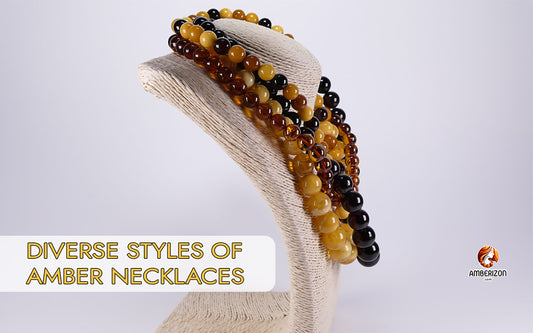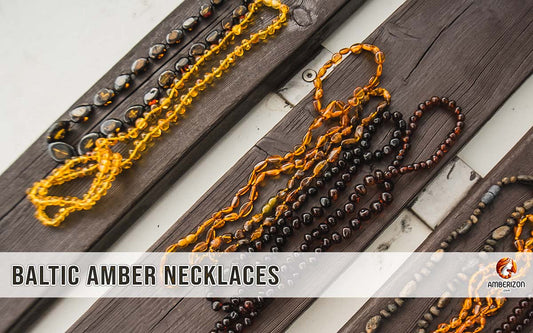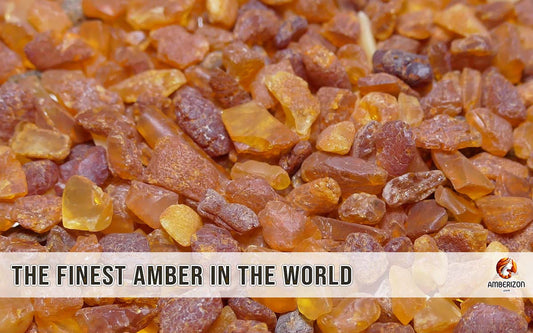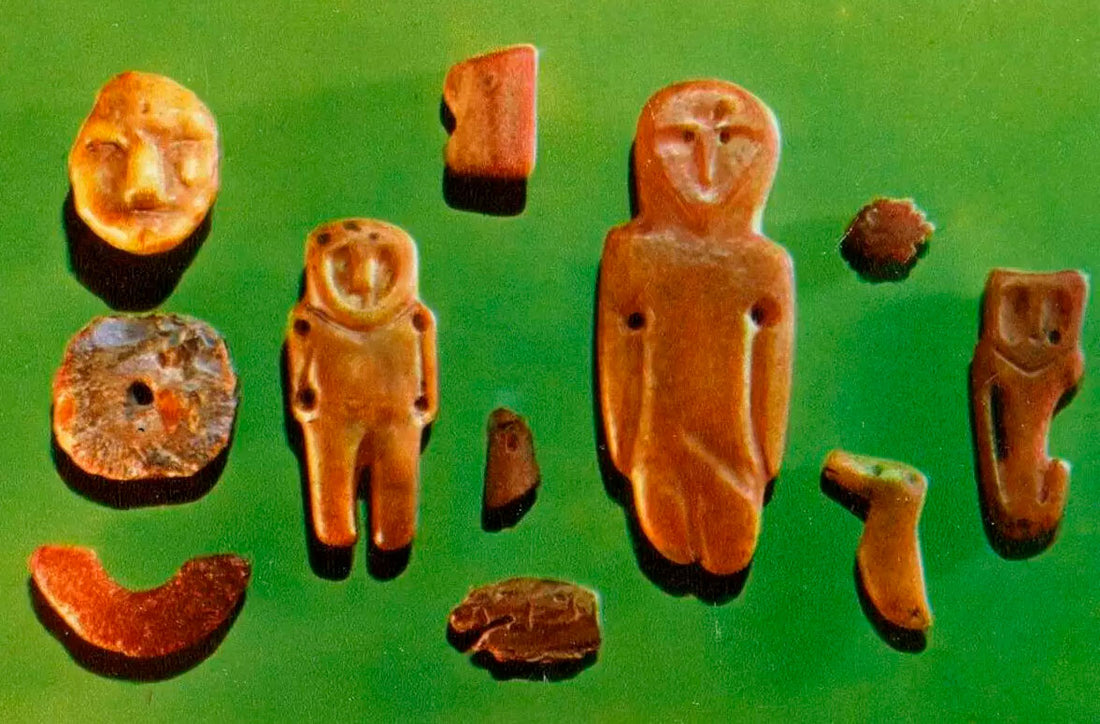
Lithuanian Baltic amber jewelry: Authentic amber from the Baltic Sea, handcrafted in Lithuania
| Lithuanian Baltic amber jewelry: necklaces, bracelets, earrings, pendants, children's necklaces, bracelets and anklets. |
Lithuania, nestled in the Baltic region, stands as a small but captivating country, rich in history and culture. While it may not boast vast reserves of natural resources like some of its neighbors, Lithuania possesses a treasure unlike any other – the legendary "Lithuanian Gold."
At the heart of Lithuania's allure lies its prized gemstone, amber. Known as the "Baltic Gold" or "Lithuanian Gold," amber holds a special place in the country's heritage, cherished for centuries by its people. This unique fossilized resin, formed millions of years ago, captures the essence of time within its golden hues, offering more than just physical beauty.
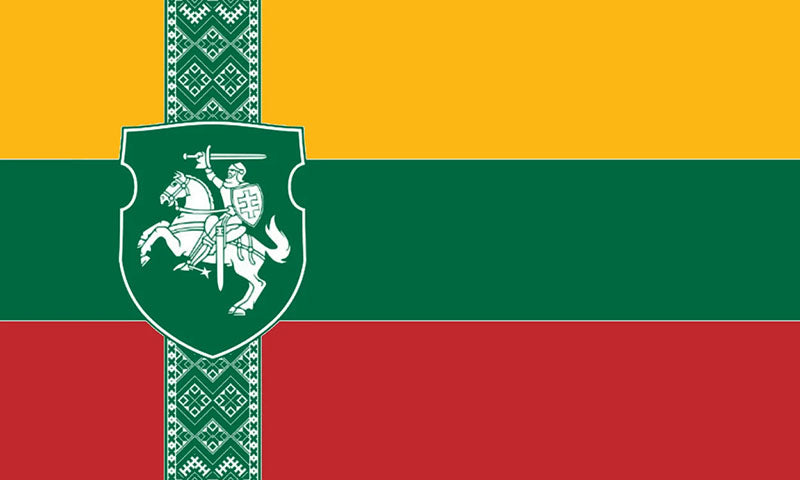
Amber, a fossilized resin from ancient trees, is not just a precious commodity; it is an integral part of Lithuania's cultural heritage and natural legacy. Formed millions of years ago, these golden-hued gems have been coveted since ancient times for their warmth, clarity, and exceptional durability.
For generations, the people of Lithuania have cherished Baltic amber, recognizing its significance as more than just a gemstone. It holds a deep cultural and spiritual significance, believed to possess healing properties and protective energies.
Lithuania's affinity with amber can be traced back to the Amber Road, an ancient trade route that facilitated the exchange of this precious material across Europe and beyond. The country's vast amber deposits, particularly along the Baltic Sea coast, have played a pivotal role in shaping its economic and cultural landscape.
Today, the tradition of crafting exquisite Lithuanian Baltic amber jewelry continues, with artisans skillfully transforming raw amber into stunning works of art
Beyond its commercial value, amber holds a profound significance in Lithuanian folklore and traditions. From intricate jewelry adorned with amber inlays to the revered "Gintaro Muziejus" (Amber Museum) in Palanga, this gemstone is celebrated as a national icon, reflecting the country's rich history and natural bounty.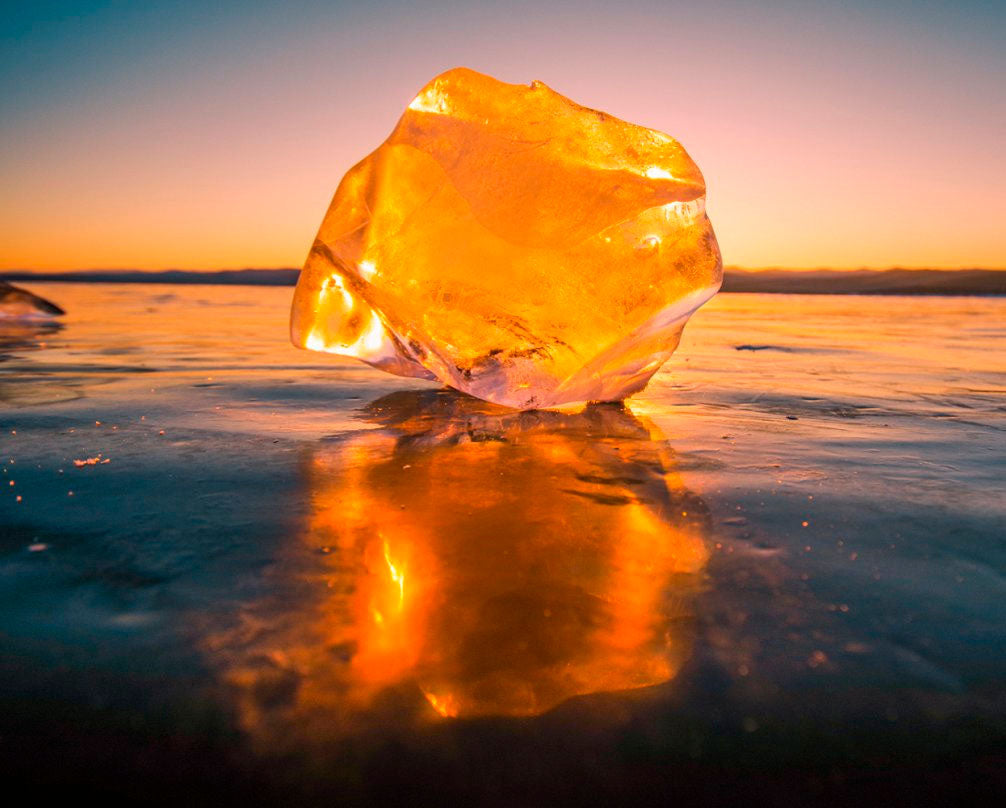
Baltic amber is often called 'Lithuanian gold' because it's very special. People love it for making beautiful jewelry and art. It's the most popular souvenir from Lithuania. Long ago, Lithuanian people used amber charms to stay safe from bad things, and they gave amber beads to kids to help their teeth grow better and stronger
A History Shaped by Amber:
Amber has played a prominent role in Lithuania's history, culture, and economy. The Baltic Sea, with its vast amber deposits, has provided a constant source of this precious gemstone. The ancient Baltic people revered amber, attributing mystical qualities to it and using it for trade and adornment. Over time, Lithuania became renowned for its rich amber reserves, solidifying its position as a major hub for amber-related activities.

Cultural Heritage and Symbolism:
Lithuanian Gold not only holds economic value but also embodies the cultural heritage and national identity of Lithuania and artifacts hold symbolic significance, reflecting the country's rich history and traditions. Traditional Lithuanian motifs, such as the "Rūpintojėlis" (weeping child) or the "Saulė" (sun) symbol, are intricately crafted in amber, preserving ancestral stories and connecting the past with the present.

Craftsmanship and Artistry:
Lithuanian artists are very proud of their careful and detailed work. They take raw Baltic amber and turn it into beautiful jewelry that you can wear. These artists look at nature, history, and modern designs for ideas. They make jewelry that shows off the special colors, textures, and tiny objects trapped inside the Baltic amber. The jewelry they create celebrates the unique beauty found in Baltic amber.
The Beauty of Lithuanian Amber:
Lithuanian amber is special because it's really beautiful and comes in many colors. It can be warm yellow, orange, or brown, and sometimes even rare colors like green, red, or blue. Each piece of Lithuanian amber shows how amazing nature can be. When light goes through it, it makes a warm and lovely glow that's really fascinating.

Palanga - Main City of the Amber Industry in Lithuania:
Palanga is a special city in Lithuania known for its amber industry. This coastal city is not only beautiful but also has a rich history and a strong connection to amber. From its clean beaches to its amazing museums, Palanga is a place where you can learn about history, enjoy art, and see the wonders of nature.
Palanga has been around since the 13th century, and it has seen a lot of changes over the years. It used to be an important place for different Baltic tribes and later became part of the Grand Duchy of Lithuania. In the 19th century, it became even more popular as a resort town for the nobility in Lithuania.
One cool thing about Palanga is that it's close to the Baltic Sea, which has a lot of amber. This makes Palanga the perfect place for the amber industry. Amber is really important in Lithuanian culture, art, and traditions, and it's a big part of what makes Palanga special.
Amber's Appeal Around the World:
People from all over the world really like the amber jewelry made in Lithuania. People appreciate the hard work and realness that Lithuanian artists put into their creations. Many collectors and fans from different countries really want these special pieces. The fact that so many people want Baltic amber jewelry shows that everyone, no matter where they're from, loves the beautiful and timeless designs made by skilled Lithuanian jewelry makers.
Lithuania's Amber Industry: A Thriving Economic Asset
The creation of exquisite amber jewelry has been a particularly thriving sector within Lithuania's amber industry. Talented artisans harness their craftsmanship and creativity to transform raw amber into stunning pieces of wearable art. The skillful combination of traditional techniques with contemporary designs has given rise to jewelry that captivates the attention of discerning buyers. The Baltic amber's unique beauty, ranging from warm hues to captivating inclusions, adds to the appeal of these handcrafted pieces.
Lithuanian amber necklace
One of the most popular Lithuanian amber jewelry styles is the traditional amber necklace. These necklaces often feature carefully handcrafted amber beads, showcasing the natural beauty of the gemstone. The beads can vary in shape and size, ranging from small and round to larger, irregular shapes. Some necklaces may also incorporate other elements such as silver or gold accents, adding a touch of elegance to the design. The warm hues of amber, ranging from golden to deep amber, create a mesmerizing and timeless piece of jewelry that is highly sought after by both locals and visitors alike.

Shop Lithuanian amber necklaces
Lithuanian amber bracelet
A Lithuanian amber bracelet is a piece of jewelry specifically designed to adorn the wrist, featuring the captivating beauty of Baltic amber. These bracelets are often crafted using individual amber beads or amber nuggets strung together on a durable string or wire, creating a flexible and comfortable accessory. The beads can be uniform in size and shape, creating a cohesive and symmetrical design, or they can be varied, showcasing the unique characteristics of each individual amber piece. Lithuanian amber bracelets are cherished for their natural warmth, rich colors, and the inherent connection to the country's amber heritage.

Shop Lithuanian amber bracelets
Key Insights into Baltic Amber in Lithuania:
- Amber (Gintaras in Lithuanian language) is used in the Lithuanian language for all sorts of reasons: people's names, restaurants, hotels, festivals, museums and more.
- Small Lithuania has 500+ big and small companies dealing with Baltic amber (manufacturers, jewelry designers, artisans, wholesale companies.
- Baltic amber jewelry / stones / beads is the most popular souvenir from Lithuania, with countless shops and galleries in Vilnius, Kaunas, Klaipeda, Kretinga, Palanga.
- City of Palanga is the center of Lithuanian amber industry. Palanga is located on the Lithuanian sea coast that is famous for its beautiful white sand and dune beaches, something that cannot be found anywhere else on the coast Baltic Sea.
- The Palanga Amber Museum (Palangos Gintaro Muziejus), near the Baltic Sea in Palanga, Lithuania, is a branch of the Lithuanian Art Museum. Amber museum is situated inside the fabulous 19th century Neo Classical former mansion of Count Tiskevicius.
- Gintarautojai – amber gatherers.
Lithuanian links:
- Lithuania on wikipedia
- Travel to Lithuania (Lithuanian Tourism)
- Baltic amber shops from Lithuania
- Shop Baltic amber from Lithiania
Shop Lithuanian amber jewelry 2024 catalogue:
- Lithuanian amber necklace (Lithuanian amber beads)
- Lithuanian amber bracelet (Traditional Lithuanian bracelets)
- Lithuanian amber earrings



